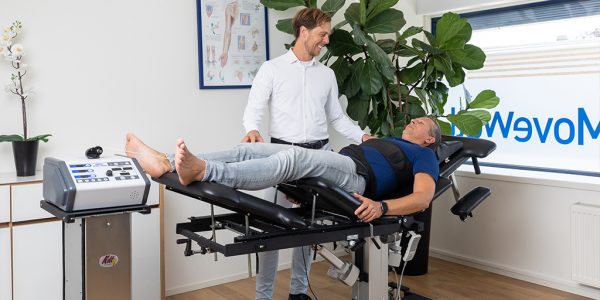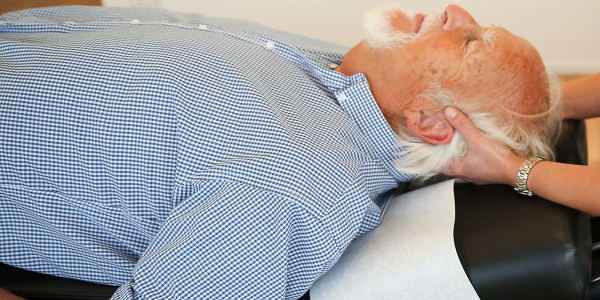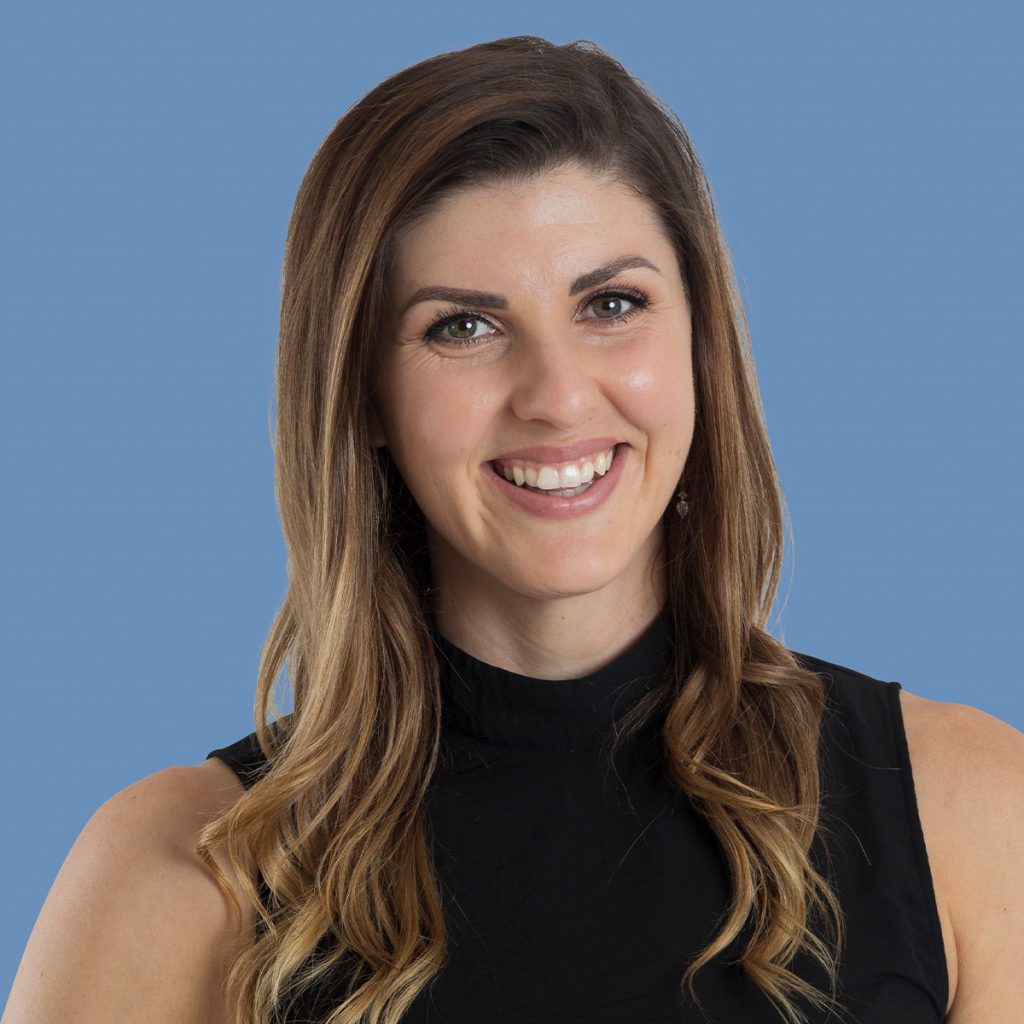Discopathy is a term used to describe the process of degeneration of intervertebral discs, which may lead to disc disease. These discs are located between the vertebrae of the spine and are therefore called intervertebral discs. The intervertebral disc acts as a shock absorber and additionally allows many movements in the spine. The intervertebral disc has a strong ligamentous exterior and a softer gel-like interior. The soft interior (nucleus) presses against the ligamentous exterior and with too much pressure, small tears can develop in the external ligaments. We call this process, disc disease or degenerative disc disease.
Disc problem treatment in Hilversum
Is disc disease painful?
The small tears in the intervertebral disc might result in pain, but this can easily be resolved with strengthening exercises and chiropractic treatment. On the other hand, it’s also possible to have damage to the intervertebral disc without any symptoms.
Where does disc disease occur?
Disc disease mainly occurs in the spine where the highest loads are carried. Due to the curvatures of the spine, the loads are dissipated into the lower curves. Discopathy complaints therefore often occur low in the neck and in the lower back.
At what age does disc disease occur?
Disc disease is the aging process of an intervertebral disc. This may start at a young age. From the age of 30, the fluid content in the intervertebral disc is so high that it can exert a lot of pressure on the outer shell of the intervertebral disc. Small cracks can form due to this high pressure.
As you get older, these cracks can increase and lead to complaints. Disc disease complaints are therefore more common the older you get.
Is disc disease a herniation?
No, disc disease is different from an intervertebral disc herniation. Discopathy is another name for minor damage to the intervertebral disc. Small tears in the outer layer of the disc can increase, and this can result in disc disease. Disc disease is therefore considerably easier to treat than a disc herniation. Our team can effectively treat complaints as a result of a disc disease.
MoveWell approach for disc disease
Chiropractic

To alleviate the symptoms of disc disease, the chiropractor first examines the spine. The site of the disc disease usually presents with restricted movement. The chiropractor will relieve the tension and improve the movement patterns with the use of trigger point therapy and mobilization techniques. Our treatment tables are highly advanced, and this offers us the opportunity to help alleviate the pain with multiple techniques.
Physiotherapy

Physiotherapists can also treat disc disease. They do this by the use of light muscle relaxation and mobilization techniques. In addition to relief the pressure on the disc and stabilise the joint segments, strengthening exercises are advised.
Chiropractic and physiotherapy treatments can be combined to accelerate results.
Back rehabilitation and exercise
As discussed on this page, disc disease complaints are the result of too much pressure on the intervertebral disc that can result in small tears of the disc. Too much pressure is often due to incorrect movement of the spine. This includes bad posture, incorrect lifting techniques and incorrect sleeping positions. The exercise therapist will analyse your complaints and give you the appropriate advice and exercises. The back rehabilitation program specifically targets the smaller stabilising muscles of the back and core.




